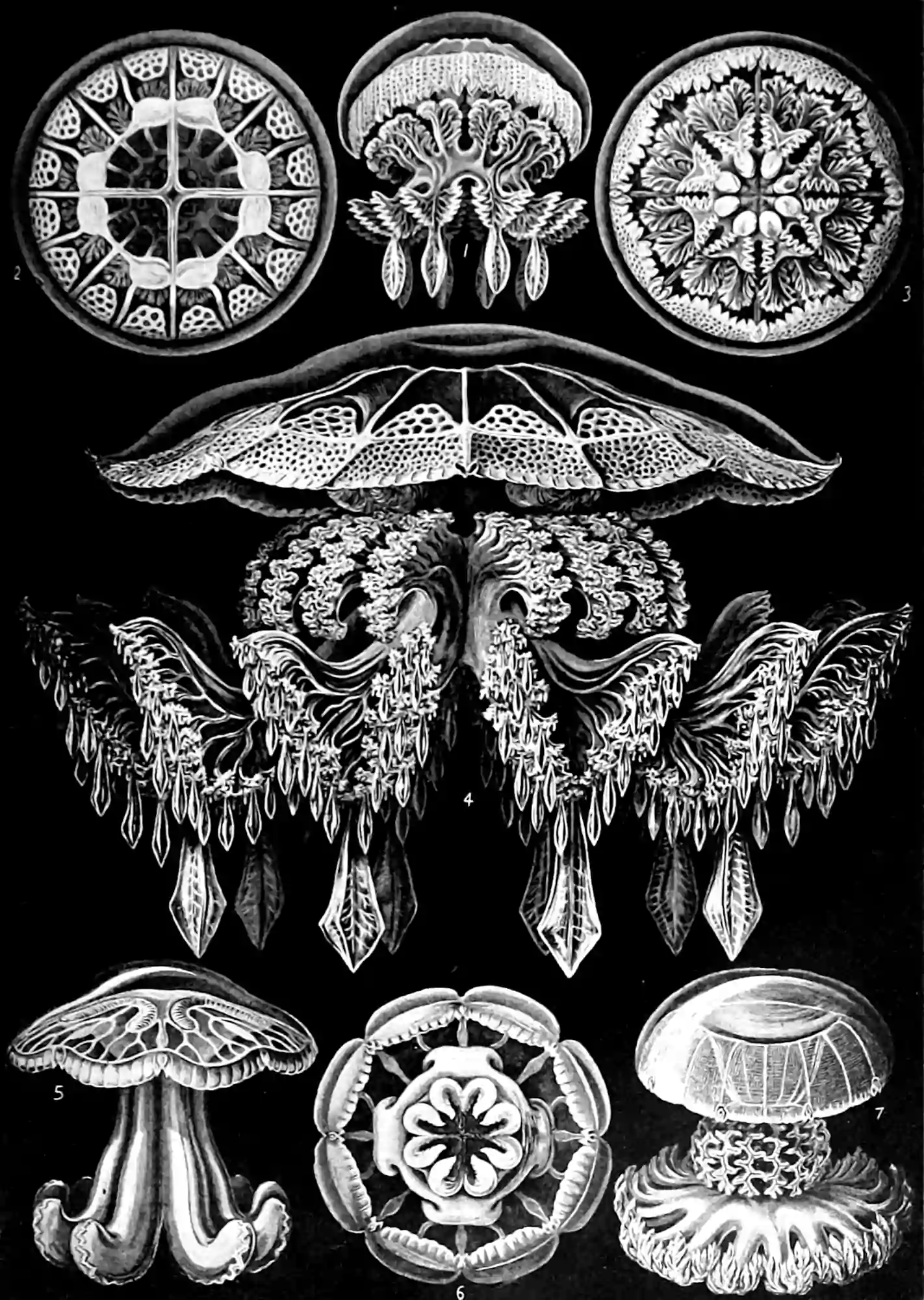Learning Gaussian processes which map functions to functions
2020-12-07 — 2025-01-15
Wherein operators between function spaces are treated as Gaussian measures on Hilbert spaces, and the subtleties of infinite-dimensional equivalence and mutual singularity (Feldman–Hájek) are examined.
In which I discover how to learn operators via GPs. I suspect a lot of things break; what is a usable Gaussian distribution over a mapping between functions?
It might be handy here to revisit the notation for Bayesian nonparametrics, since we don’t get the same kind of setup as when the distributions in question are finitely parameterized. TBC
This is especially interesting when I wish to learn kernels that satisfy physical constraints.
1 Universal Kriging
Does universal kriging fit in this notebook? (Menafoglio, Secchi, and Rosa 2013) In this setting, our observations are function-valued and we wish to spatially interpolate them. TBC. Keyword: Hilbert-Kriging.
2 Hilbert-space valued GPs
TBC
3 Incoming
Thank Rafa for the tips about the following:
Quang (2022):
In this work, we present formulations for regularized Kullback-Leibler and Rényi divergences via the Alpha Log-Determinant (Log-Det) divergences between positive Hilbert-Schmidt operators on Hilbert spaces in two different settings, namely (i) covariance operators and Gaussian measures defined on reproducing kernel Hilbert spaces (RKHS); and (ii) Gaussian processes with squared integrable sample paths. For characteristic kernels, the first setting leads to divergences between arbitrary Borel probability measures on a complete, separable metric space. We show that the Alpha Log-Det divergences are continuous in the Hilbert-Schmidt norm, which enables us to apply laws of large numbers for Hilbert space-valued random variables. As a consequence of this, we show that, in both settings, the infinite-dimensional divergences can be consistently and efficiently estimated from their finite-dimensional versions, using finite-dimensional Gram matrices/Gaussian measures and finite sample data, with {} sample complexities in all cases. RKHS methodology plays a central role in the theoretical analysis in both settings. The mathematical formulation is illustrated by numerical experiments.
-
In probability theory, the Feldman–Hájek theorem or Feldman–Hájek dichotomy is a fundamental result in the theory of Gaussian measures. It states that two Gaussian measures \(\mu\) and \(\nu\) on a locally convex space \(X\) are either equivalent measures or else mutually singular: there is no possibility of an intermediate situation in which, for example, \(\mu\) has a density with respect to \(\nu\) but not vice versa.
Interesting corollary for our purposes: the reminder that Gaussian measures over infinite-dimensional Hilbert spaces do things that we would not suspect from their finite-dimensional analogues:
dilating a Gaussian measure on an infinite-dimensional Hilbert space \(X\) (i.e. taking \(C_\nu = s C_\mu\) for some scale factor \(s \geq 0\)) always yields two mutually singular Gaussian measures, except for the trivial dilation with \(s = 1,\) since \((s^2 - 1) I\) is Hilbert–Schmidt only when \(s = 1.\)
